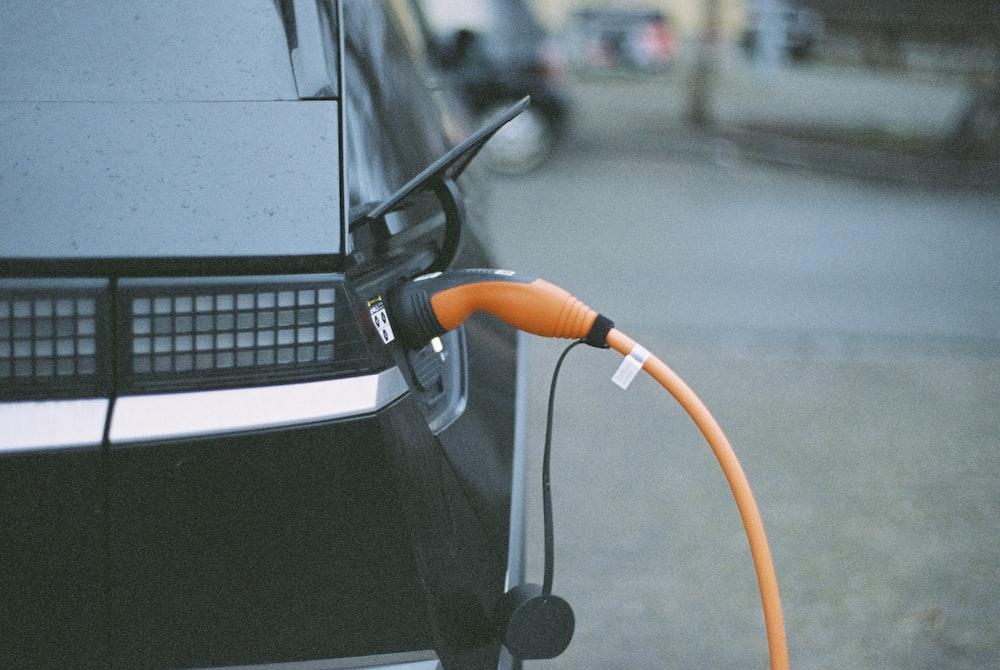In our increasingly connected world, where we rely on many electronic devices to stay productive, entertained, and informed, understanding the significance of using the right charger or power adapter is paramount.
This guide will delve into the crucial aspects of selecting and utilizing the appropriate chargers for various devices. The consequences of disregarding these guidelines can be dire, leading to not only diminished device performance but also potential safety hazards.
Whether you're a tech enthusiast aiming to optimize your device's lifespan, a conscientious parent concerned about your family's safety, or someone looking to unravel the intricacies of chargers and power adapters, this guide is tailored to meet your needs.
Check Electrical Ratings to Choose the Right Adapter for Your Device
Check if the original equipment manufacturer- OEM adapter is accessible before attempting to locate a compatible adapter for a device. Manufacturers of devices occasionally sell replacement chargers and adapters for those goods. If this OEM item is accessible, selecting the appropriate power adapter for a device becomes simple.
By using the model number printed on the adapter that came with the device, you may look out for the specific adapter for that device.
OEM adapters are occasionally no longer offered by manufacturers. As a result, choosing a third-party accessory compatible with your devices is necessary to discover the appropriate adapter. Finding out the device's electrical rating is the first step.
Understanding power adapter parameters is also important when choosing an AC adapter. Various manufacturers often print multiple details on the labels of various power accessories. As an alternative, look out the AC adapter's electrical ratings in the device's user manual.
Voltage and current are the two most crucial components to read on a power adapter label. Polarity, however, is a crucial element as well. You can also get professional guidance when sourcing a switch power cord from a reputable online vendor.
Volts (V) are used to measure voltage, whereas amps (A) are used to measure current. DC and AC outputs are available on power adapters. The AC input can be 110/120V or 220/240V, depending on the area. Most manufacturers sell AC adapters that accept both voltages to make it simpler for customers to select one.
The input AC voltage ranges for dual voltage adapters are 110 - 220VAC or 100 - 240VAC. These are most helpful for tourists trying to figure out how to pick a power adaptor that will operate in different countries worldwide. The power accessory's DC voltage (VDC) is just as crucial as its AC voltage (VAC). The VDC will appear under the DC symbol while reading an adapter label.
Select an Adapter and Device with Matching Specs
One with the same electrical ratings as your gadget will work as the proper adapter. The current and output voltage of the adapter must match the device's. Also, see the product label or user guide to determine the recommended voltage and current.
Most power adapters have output DC voltages below 20V while their input AC voltages are above 100V, which is important for shoppers learning how to buy an AC adapter.
Selecting an adapter with a lower or higher voltage or current rating could result in problems with the connected device. This occurs even when the devices' current ratings are equal, and the VDC of the adapter is less than the device's input voltage. The linked device will detect an overvoltage if you use an adapter with a higher voltage.
The connected device will become hotter if the AC adapter uses a higher voltage than necessary to supply the electricity. Additionally, sending power at a greater voltage will reduce the device's lifespan and run the risk of damaging its internal circuitry.
Using an AC adapter with a different current rating may be problematic. Avoid selecting an AC adapter that supplies less current than the device needs while considering purchasing one. The device will attempt to draw more significant current than the AC adapter can handle, even if the adapter and the device have the same voltage rating.
The adapter might overheat as a result of this. The device can have trouble turning on or staying on. The electrical item may continue to operate if the current is too low, but its battery won't recharge.
You can use adapters with higher current ratings than your devices, which could surprise you. This advice is valid if both devices have the same voltage rating. For instance, a 10V/8A converter can securely power a 10V/5A item.
Polarity is the final factor to consider while picking the best power adapter. The device's power input or charging port must have the same polarity as the connector on the AC adapter. Connector polarities come in two varieties: center positive and center negative. An AC adapter shopping guide indicates that most power adapters have center-positive connectors.
Bottomline
Find an AC adapter with the same voltage and current ratings as your gadget if you want to use it with it. For visual artists who require appropriate video presentation, durable monitor cables are practical—and the cable is a factor.
Remember that the adapter's polarity and connection size must match the device's power input port. You can select the appropriate AC unit from the variety of AC/DC external power adapters by quickly reading this buying guide for AC adapters.





Comments